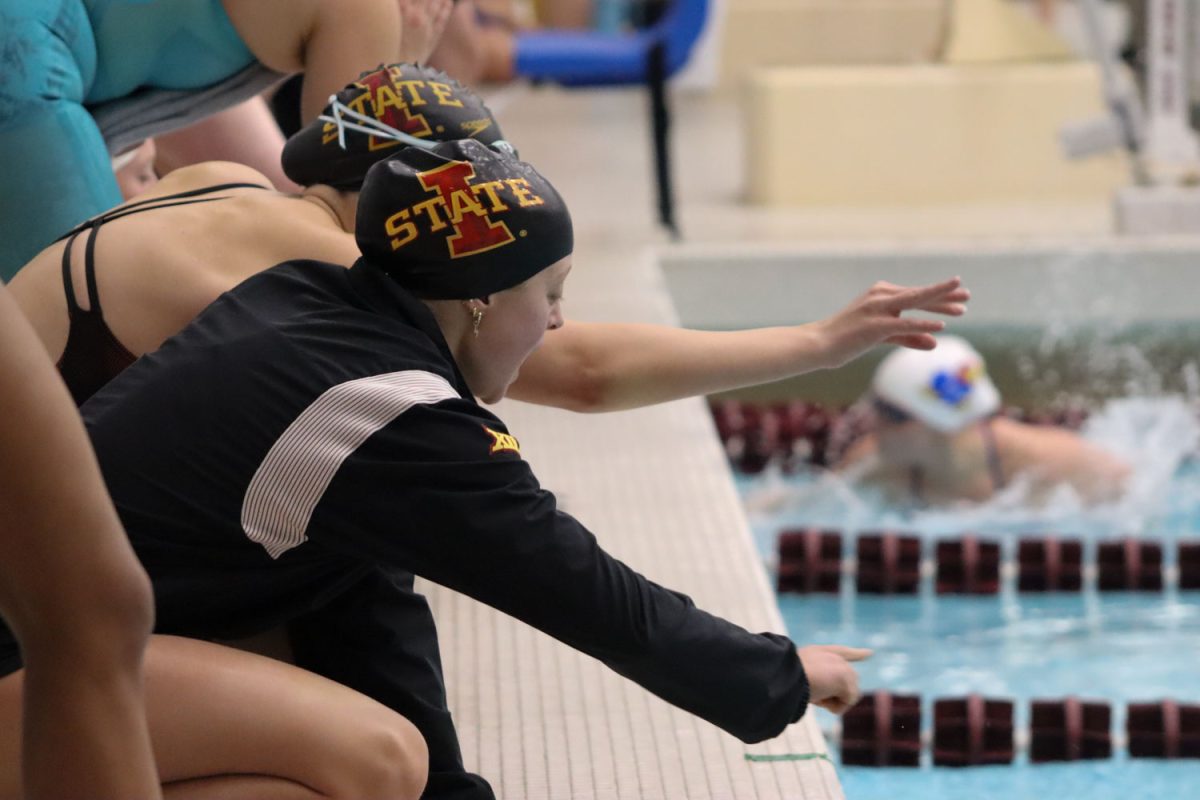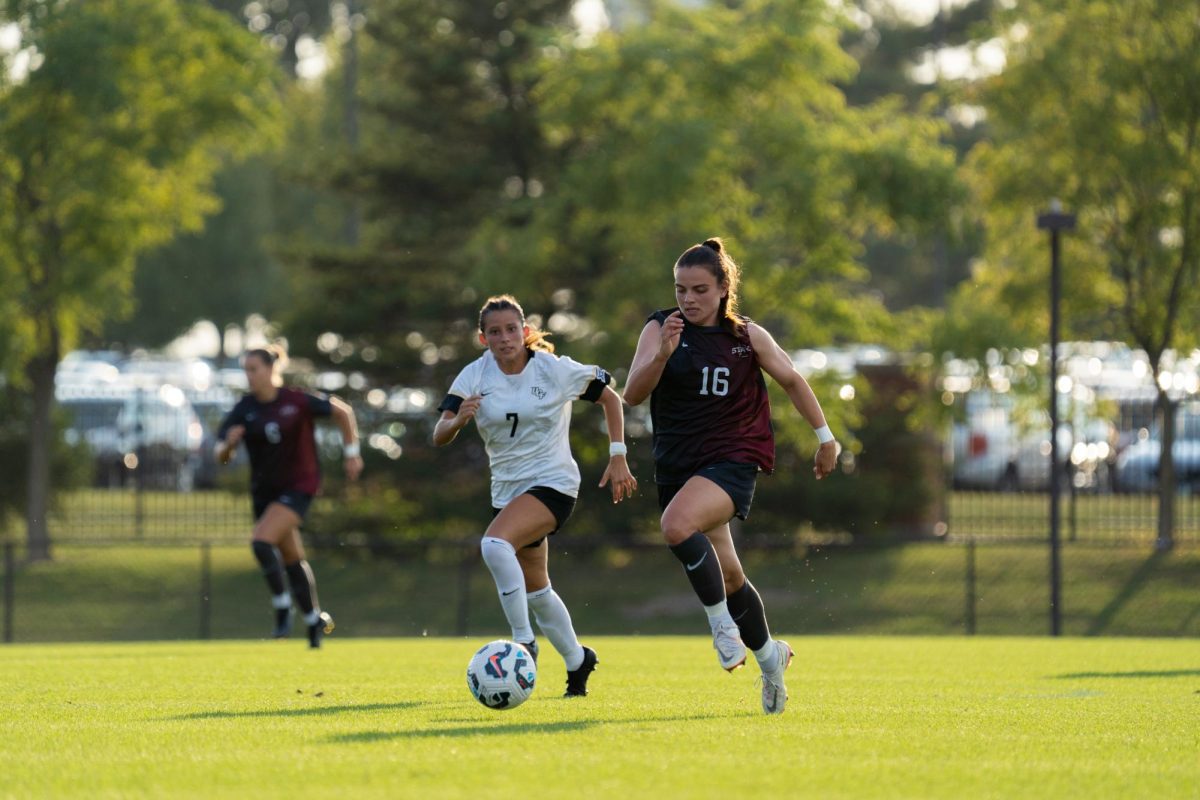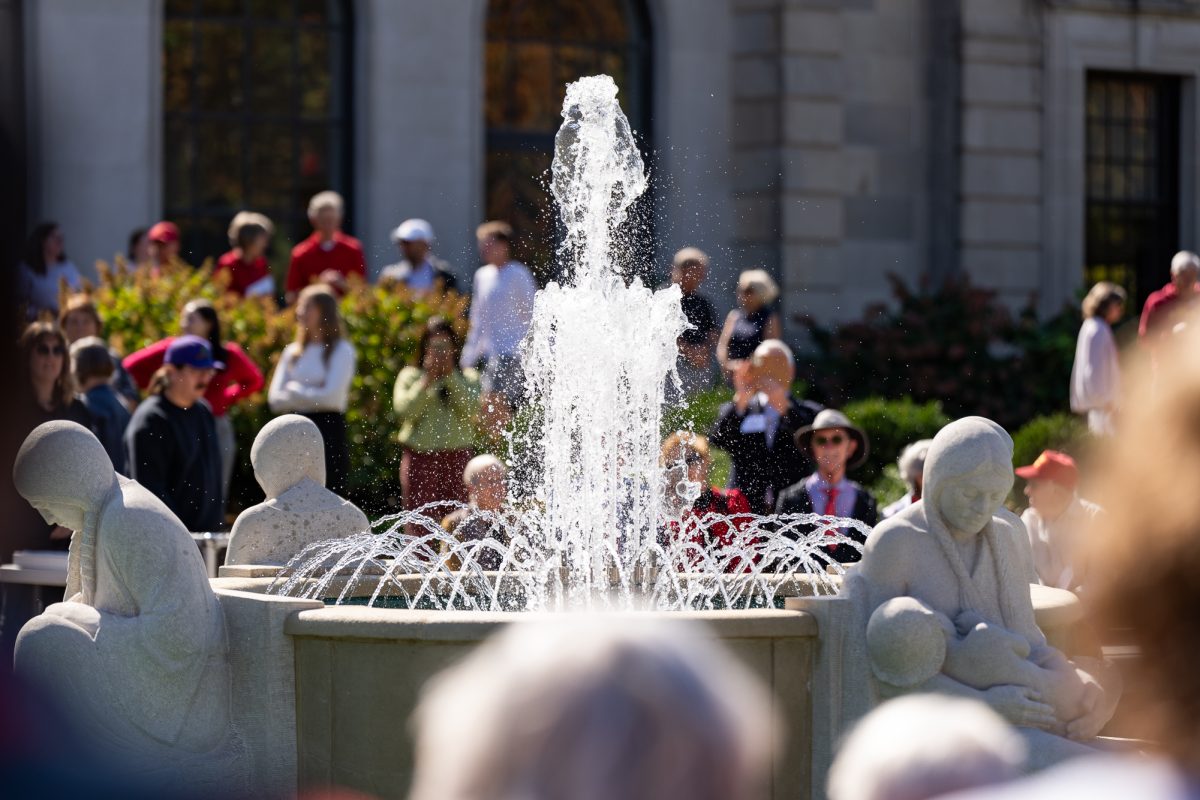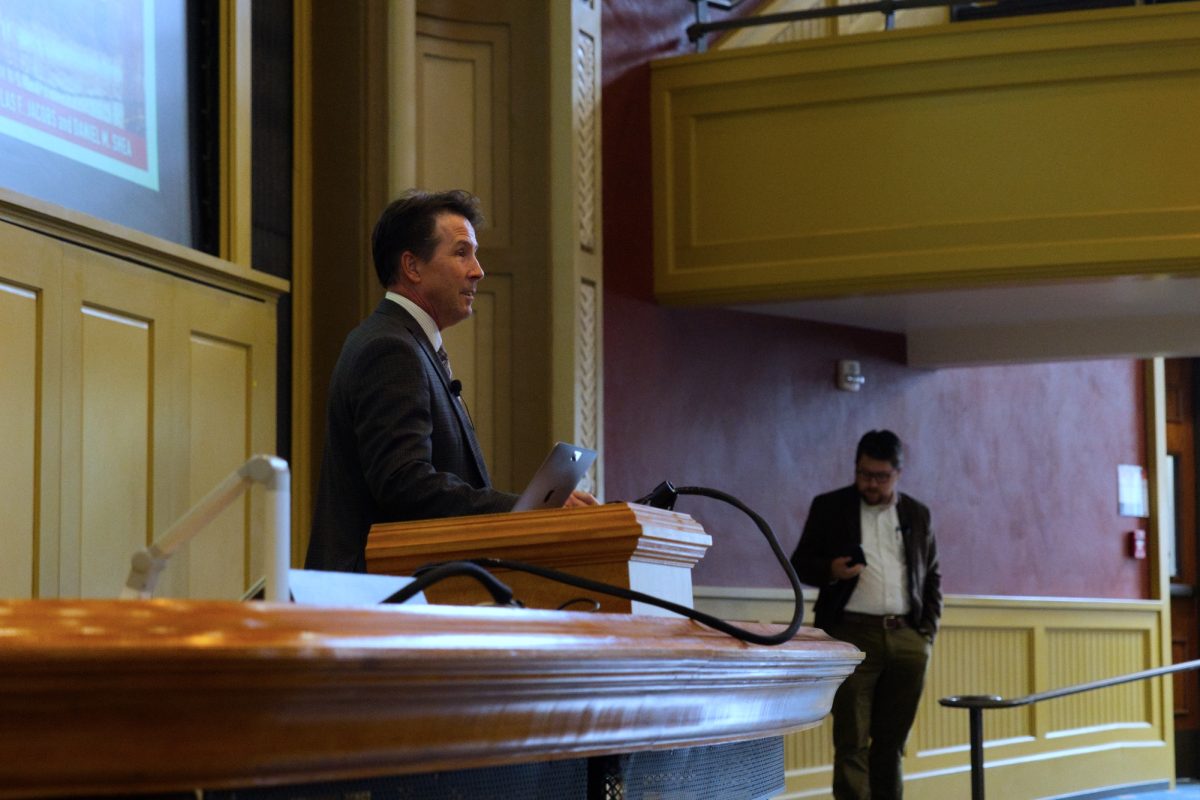ISU’s fiber optic project nearing completion date
July 22, 1999
When Iowa State student Christy Poindexter returns to her residence hall at 11 p.m., she does not think twice about checking her e-mail, responding to a few messages and then calling her best friend in another state.
Like many other ISU students, Poindexter, sophomore in business, has grown accustomed to this technological way of life.
Those modern-day conveniences will increase soon when students will have access to fiber-optic cables in addition to the information superhighway.
A $7.1 million capital improvement project begun last September, the installation of fiber optics on campus is nearing its August completion date.
When the project is completed, fiber-optic lines will run to nearly every building on campus, connecting classrooms, computer labs and residence halls, said Randy Larabee, the university’s chief electrical engineer.
The fiber optics will carry much more information at a much faster pace.
This faster information transfer is the top reason ISU wanted to update its communication systems.
“The main reason for the update is because the current system, which was installed in 1984, simply cannot support the speeds of data necessary to communicate,” Larabee said.
Ron Hartfield, superintendent of Cable Tech, Inc., the contractor in charge of laying the cables on campus, said six to 10 workmen have been working on the project since last September.
“It’s a big job — the biggest I’ve ever been on,” he said.
Hartfield said the company’s crews have run fiber-optic cables to 115 buildings on campus, using more than 800,000 feet of fiber-optic cable.
Each campus building houses a “closet,” where all of the electronic information is received, stored and transmitted, Larabee said.
Although there are not individual fiber-optic hook-ups in each residence hall room or classroom, the data outlets will all be wired back into the “closet” of the building where data is converted onto fiber-optic cable.
Optical fibers are simply strands of glass. One hundred or more of these strands, each thinner than a human hair, is combined inside each cable. Data is carried across these glass strands via tightly focused laser beams, said Josh Carney, an employee of Cable Tech, Inc.
Eric Stroud, owner of Cable Tech, Inc., said the concept of fiber optics is remarkable.
“Data systems can perform at faster speeds over longer distances,” he said. “With copper, the wiring system used previously to fiber optics, the data signals weaken, stray and are sometimes lost.”
Fiber-optics allows signals to remain strong and quick, eliminating pauses when e-mailing, connecting to Web sites on the Internet and even placing phone calls, Hartfield said.
Stroud said Iowa is probably further advanced in the use of fiber optics than many other states. He attributed this progress to the Iowa Communication Network, a fiber-optic network linking all schools and state agencies statewide.
“At this point, most organizations are designing a fiber-optic network, putting one in, or they already have one,” he said.
Despite its apparent superiority over other cables, people are uncertain how long fiber-optic cable will be a useful technology, Hartfield said. After all, the copper wiring system was considered state-of-the-art when it was installed just 15 years ago.
Stroud, however, said he thinks fiber optics will be used well into the future.
“I don’t think fiber is going to go away,” he said. “The signals may change, they may make improvements, but the glass itself is here to stay.”
When the majority of students return for the fall semester, enough of the system will be in place for it to function properly. Most students probably will not notice the difference unless they are looking for it, Larabee said.
However, Hartfield said he is confident the students will see changes.
“As you get more students who own computers and more computers in the labs, the number of people on the system is going to increase,” he said.
As opposed to the old system, which had a limit as to how much data it could process, the new fiber optic system has no limits.
No matter how many people are on the system, students can still get an instant connection and enter the system, Larabee said.
Poindexter said she has had a difficult time understanding the details of fiber optics.
“I’m just glad that the university keeps up with the rest of the world technologically, and that I personally don’t have to deal with it,” she said.
“It will be nice to know that I’m communicating along the most advanced system available at this time,” Poindexter said.






